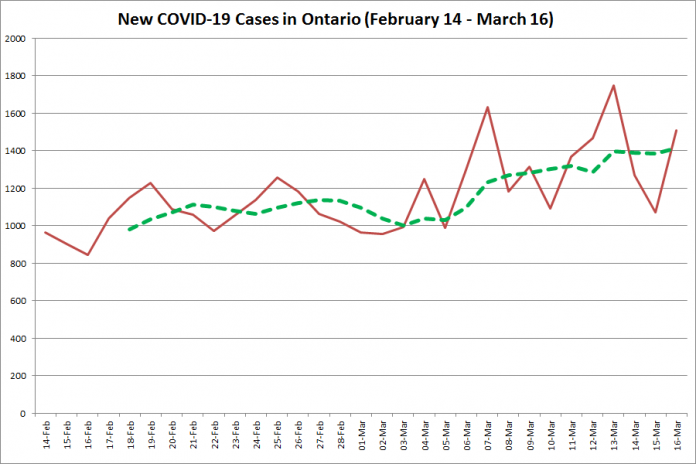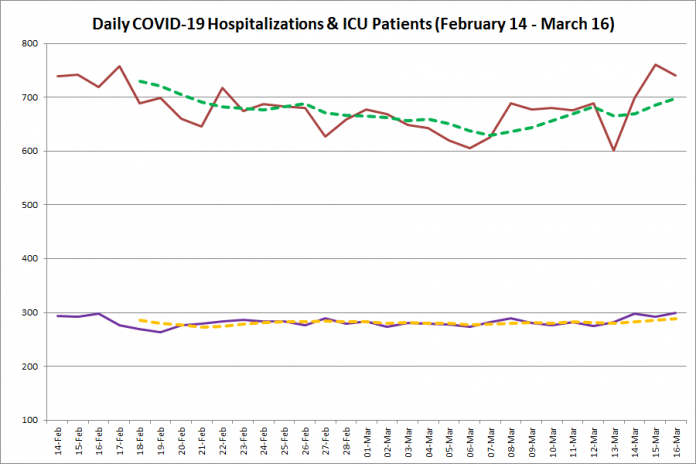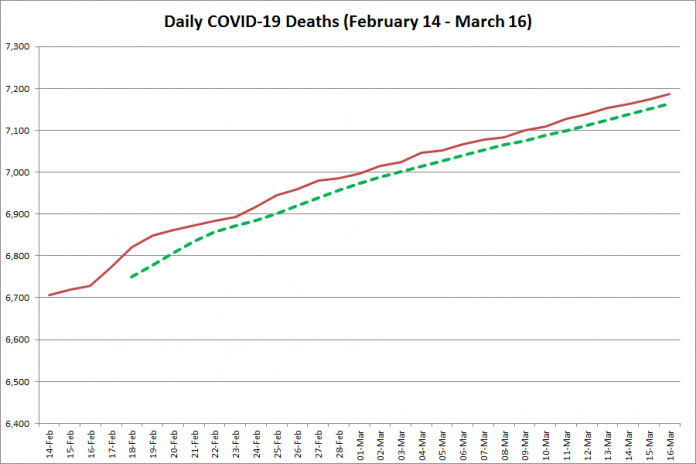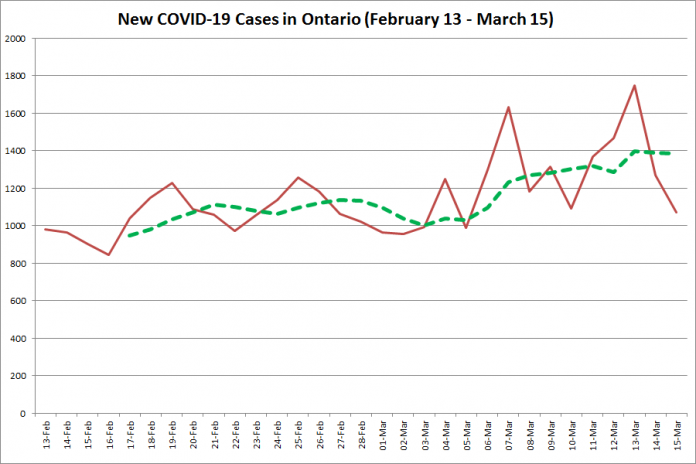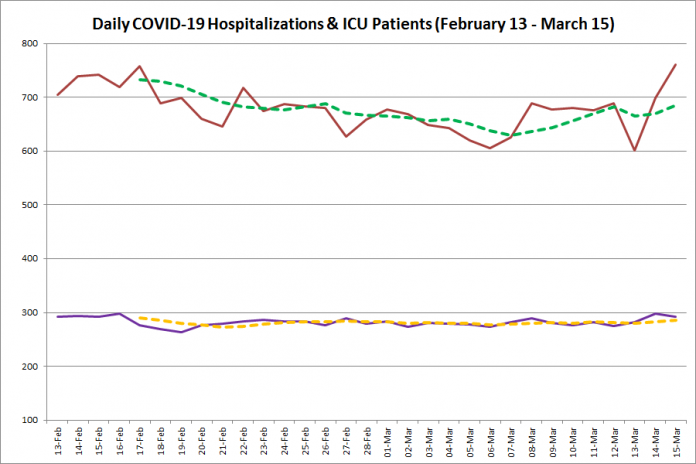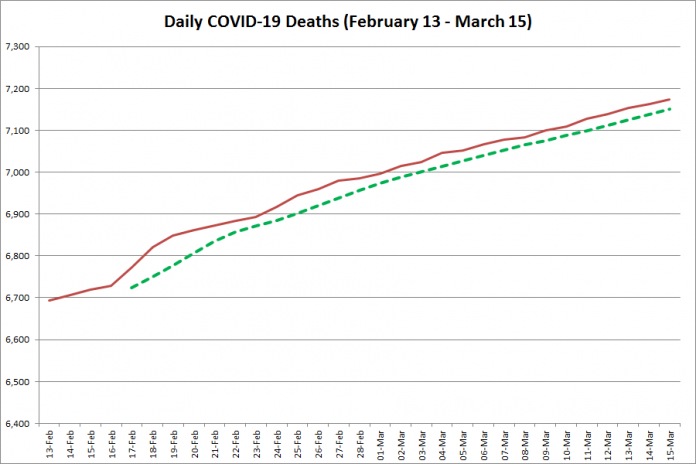It’s March 2021. We’ve been living for a whole year with COVID-19 — a year of great upheaval, uncertainty, and reflection. As we’ve shifted to new ways because of this pandemic, we’ve been presented the opportunity to consider what is truly important to us.
For many, the prioritization of family and friends, green spaces, and neighbourhoods has intensified. In the greater Peterborough area, we’ve realized our local economy is something we want to fight for.
Our vibrant, unique, and innovative business community is critically important to our shared identity and future prosperity.
“I want every business to know about the power they have to craft a better future, that they are a force for good in our communities and that there are diverse ways they can have a positive influence,” says Melissa Gerrard, senior manager of national expansion for Green Economy Canada.
Gerrard’s role is to incubate green business hubs across the country, including the latest one to join her network — Green Economy Peterborough.
Her appeal implies that no matter how small or how specialized, a business can make a difference. More specifically, a business that implements sustainable action can positively influence the environmental and economic health of its community.
Small and medium enterprises (SMEs) make up over 98.2 per cent of private businesses in Canada. They employ nine in 10 Canadians and produce 41 per cent of our GDP. Collectively, they have a significant impact on our environment — globally, SMEs contribute to 70 per cent of all pollution.

Much like COVID-19, the destruction of the environment has an impact on our ability to conduct business.
Businesses face great risk from climate change and degraded air, water, and soil quality. The outcome will be increased costs and diverted revenue, reduced access to resources and food, impacts on property and operations, and decreased employee health.
Sustainability initiatives in the business setting generally centre on efforts to reduce emissions, improve water management, and reduce or recycle waste.
Some companies work to reduce their environmental impact because it aligns with their corporate identity or owner’s conviction. Many organizations recognize there’s a business case for implementing environmentally friendly initiatives.
As well as direct cost savings from energy, water, and waste reduction, the benefits of action include attracting customers through an enhanced brand identity, increasing employee engagement and company pride, and improving overall resilience.
While COVID-19 remains a pressing circumstance for many local businesses, there is something about spring that hints at renewal, growth, and opportunity. With the welcoming promise of warm weather and longer days, the time is now to benefit from implementing sustainability initiatives in the workplace.
Here are three green business ideas to get you started:
1. Learn about sustainable action in your sector
Educate yourself on green initiatives that might be suitable to your company by exploring industry association resources and sector newsletters.
Identify the best actions for your workplace. Talk to staff, customers, and supply chain representatives.
You may find they’ve already been thinking about greening opportunities relevant to your organization.

2. Start a ‘Green Team’
Gather a team of employees who are excited about sustainability.
To ensure a company-wide impact, make sure they represent diverse organizational roles and responsibilities, including a staff member with facilities and/or operations knowledge.
Having senior management at the table can help present the team’s interests to decision-makers. They can advocate to include sustainability in your brand identity, governance strategy, operational plan, and budget.
3. Explore available funding and support
Look for financial incentive programs that help organizations become more environmentally responsible.
If you want to tackle energy reduction initiatives, check out SaveOnEnergy’s program for small businesses at www.saveonenergy.ca. They provide financial incentives to retrofit lighting, HVAC, air source heat pumps, and other equipment.
Enbridge also has energy efficiency programming for businesses. For more information, visit enbridgesmartsavings.com.
Research shows that small businesses face numerous barriers towards meeting their sustainability goals, including having limited knowledge of the issues and solutions, and being short on resources and capacity.
This is where a network with access to experts and business peers comes in.
“Many people in the business community are now stepping forward to look at sustainability, but they are unsure of what to do and where to start,” says Natalie Stephenson, coordinator of Green Economy Peterborough. “The interest is absolutely there but they aren’t sure of the steps to take to make it happen, or which ones are worthwhile for their business. Green Economy Peterborough can help with that.”
Green Economy Peterborough is a new business hub made up of forward-thinking, local organizations that are working towards goals that better their businesses, our community, and the environment.

Companies that join Green Economy Peterborough receive coaching and support to operationalize meaningful sustainability targets, have access to education and training opportunities, and recognition at an annual celebratory event.
Most importantly, Green Economy Peterborough members become part of a vital network of business peers at the forefront of an emerging green economy.
The greater Peterborough area has a wealth of knowledge and expertise in economic development. Green Economy Peterborough is leveraging these networks and resources. The advisory committee for Green Economy Peterborough includes local business and community leaders, as well as Peterborough & The Kawarthas Economic Development, the Greater Peterborough Chamber of Commerce, and the Peterborough Downtown Business Improvement Area (DBIA).
Now is the time to recognize that climate action is good for business. Plant the seeds of sustainability at your organization. You can learn more about Green Economy Peterborough at www.greeneconomypeterborough.ca.
Green Economy Peterborough is hosted by GreenUP, an award-winning environmental non-profit educational and service provider with over 25 years of leadership experience in this region. Support and funding for Green Economy Peterborough is also provided by the City of Peterborough, the County of Peterborough, and the Government of Canada.
























